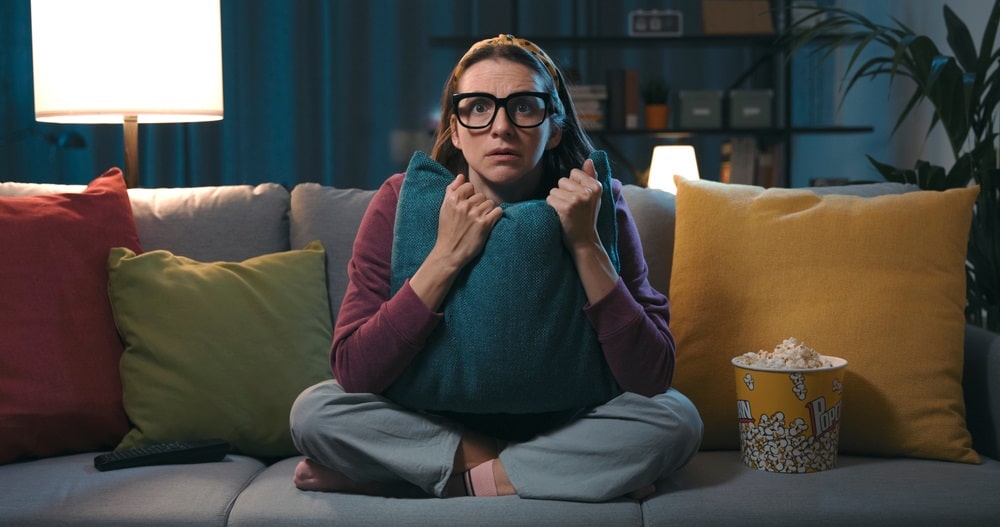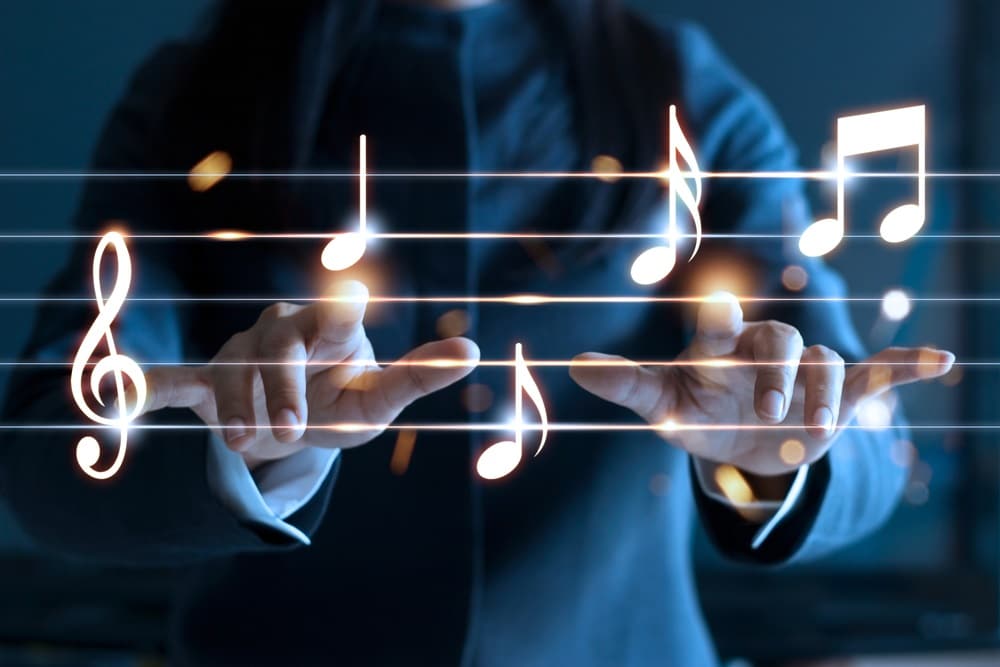
When the world of the moving picture arrived in the early part of the 20th century, it was a revolution. What is often referred to as the silent years from around 1910 to 1927 marked a turning point in music as well as film entertainment.
Given that no sound was emanating directly from the picture, an organist or pianist most commonly provided an improvised soundtrack to the movie. Their contribution was vital to amplifying and highlighting the scenes on the screen.
On occasions, where finds permitted, small orchestras were employed to accompany the film. No technology existed at the time to adequately synchronize sound to picture; however, these were the humble beginnings of music for film.
As technology developed and there was a method of synchronizing audio to visuals, the film industry began to provide an opportunity for a whole new genre of music that would become some of the most popular music ever heard.
Such is the power of music to affect film, and such was the talent of early film composers, this symbiosis became an incredibly successful one.
The Role of Music in Film and Television
If you’re ever in doubt about the strength of influence music has on a film, try watching a favorite scene from a movie without the score.
Better still, watch a scene or two with the wrong music to realize how connected the score and the visuals are, especially in movies you are familiar with. It just feels wrong. That’s because of the skill of the composer and film director in selecting, creating, and selecting music that seamlessly fits to picture.
The Impact of Bernard Hermann’s Scores on Alfred Hitchcock’s Films
One of the keenest examples of this that is often raised in discussions on the role of film music is the thorny relationship between Bernard Hermann (1911-1975) and Alfred Hitchcock (1899-1980).
Whether or not you’ve seen any of Hitchcock’s films, you have probably heard of his reputation for creating psychological thrillers such as Psycho, North by Northwest, or Vertigo.
These movies, I would dare to suggest, would be considerably reduced in their impact and effectiveness if Hermann hadn’t written his scores. Hermann’s music adds such dimension and intensity to the film that without the score, the film loses a great deal.
Hitchcock and Hermann developed a unique professional relationship that was as close as the films they made. It was at times stormy as both men were prone to bouts of depression and rage, although this rarely seemed to be to the detriment of their creative work together.
In Hermann, Hitchcock had found the exact musical match for his films. Together they produced some of the most remarkable films that captured the macabre darkness twisted up in the dry humour of rural America.
This outstanding range of films that these two geniuses of the film world created beautifully exemplifies the role of music in film. It is not the only approach to writing film music; however, such is the unity and distinctiveness of these films that their influence on the industry cannot be underestimated.
The Role of Musicals in Films
Each film is different. The relationship between the music and the movie can vary considerably. In the case of certain films, directors do not require a score along the lines of Hermann, John Williams, Howard Shore, or Hans Zimmer, but instead rely on existing or purpose-written songs with minimal underscore.
A recent example of this might be the film La La Land (2016), directed by Damien Chazelle, with a score by Justin Hurwitz. This light-hearted film is a musical developed for the silver screen.
Here the music takes on a completely different role, acting in the main as a vehicle for narrative and direct character expression. It’s not a new concept, but a successful one that has considerable appeal.
The Role of Music in Blockbuster Films
At the other end of the scale, you have an additional type of commercial movie brand like Marvel. These blockbuster titles are the ultimate escapism movie. The plots are somewhat predictable, the films formulaic, and the music epic.
That combination has generated massive audiences and continues to be amongst the most popular films currently being made.
The scores for these films are necessarily driven, created on a grand scale employing the latest in orchestral-hybrid sounds to match the immensely powerful images on the screen. Each hero has memorable themes, and each action sequence is enhanced by imposing dramatic scoring.
The music’s role in these films is clear-cut from the outset. Give the hero(s) their musical identity, underpin and enhance the action, and magnify and reflect the on-screen emotions to lead the audience through the movie.
In these films, I feel we hear the echoes of earlier classic films with vivid orchestral scores written by composers such as Ralph Vaughan Williams or Ernest Korngold.
These composers heralded from the Western classical tradition and brilliantly brought to bear their individual voices and distinct sound worlds to the screen. They defined movie music for decades.
From the movies came the world of television music. This genre of music is even wider than that of film and opened an avenue of creativity to composers that offered its challenges. It also presented a platform for their music to an even larger, worldwide audience.
The role of music in television is a vast subject. One key area is the composition of music for television series. Here the composer’s role is often to provide theme music for opening and closing credits or sequences, together with underscore for the remaining part of each episode.
In contrast to the music for Marvel, the underscore cues commonly are understated, almost subliminal musical passages that gently enhance the scene. The thematic material, however, needs to be immediate, just as the Marvel hero/villain themes need to be too.
One of the most successful themes I think is the opening titles for The Walking Dead. The music was created by Bear McCreary and unmistakably captures the terror, darkness, and desperation of the series. McCreary has a remarkable facility for writing memorable themes, and this one tops the list for me.
Another area of television music is animation, notably for children. This music has evolved into a genre in its own right. Consider the skill in the theme music for Thomas and Friends, or Peppa Pig.
Here, appealing simplicity is crucial without compromising the integrity of the animation and the music. The appeal needs to be even more immediate and memorable given the age of the target audience.
Writing music for these series in many ways provides a greater challenge than scoring a triple-A blockbuster.
Contemporary Film Scoring
Where music for pictures has headed in more recent years has indicated a closer link between the score and sound design. To some extent, these two areas of post-production remain separate, but they are closer now than they have ever been.
This is partly due to the advances in music technology and the DAW (digital audio workstation), which can and often is used for both purposes.
It opens a world of almost endless opportunities for composers who can easily develop their unique soundscapes that void the traditional approaches. Instead, composers/sound designers can create unusual, new electronic sounds that cross between the two camps.
This redefines the role of the composer who begins to adopt both roles in certain circumstances and invites the creation of a new fusion of music and sound design.

